Fashion in the 1960s: A Colorful Revolution
The 1960s was a pivotal decade in the history of fashion, characterized by a vibrant interplay of styles and ideologies that enveloped the social consciousness of the time. With the backdrop of significant cultural shifts, fashion evolved dramatically across different demographics—women, men, and children—each embracing a blend of casual chic, youthful exuberance, and the bold aesthetics of the historical and cultural landscape.
At the start of the decade, the influence of the previous era lingered in the fashion choices of women. The classic “ladylike” elegance embodied by First Lady Jacqueline Kennedy was paramount. Her sophisticated outfits, including boxy skirt suits designed by Hubert de Givenchy, set the tone for modern femininity. Kennedy’s ability to blend elegance with approachability made her a style icon, admired globally for her poised appearance.
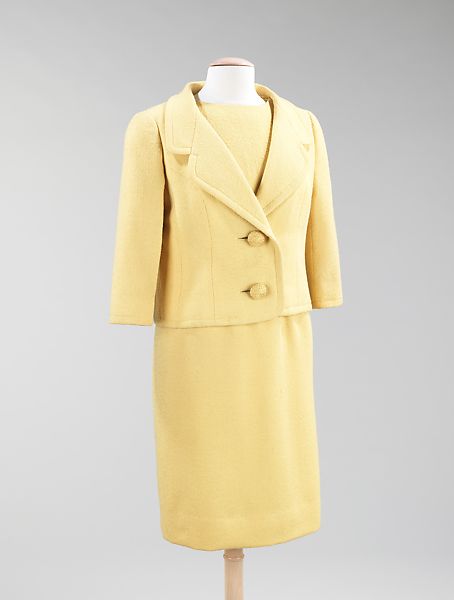
Image: Source Fashion History Timeline
As the decade progressed, the fashion landscape diversified significantly, with Mary Quant emerging as a revolutionary figure. By the mid-1960s, she popularized the miniskirt, a style that represented youth and liberation. The miniskirt confronted older norms of propriety and became emblematic of the “youthquake” that defined Swinging London. Quant’s boutiques, notably her shop Bazaar, offered colorful, accessible designs that allowed young women to express their individuality in new, playful ways.
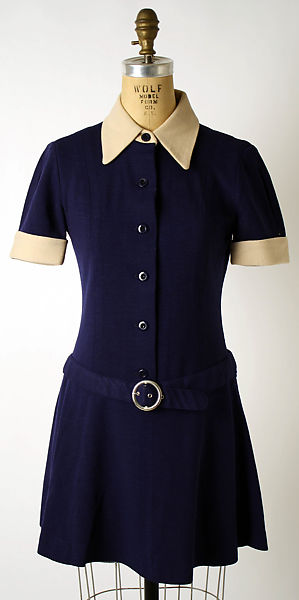
Image: Source Fashion History Timeline
This emphasis on youth culture reached its zenith with the musical icons of the era, such as The Beatles and The Who. Their influence permeated fashion, as youthful rebellion translated into bold patterns, bright colors, and innovative styles. Designers like Pierre Cardin and André Courrèges took inspiration from this movement and began creating clothing that mirrored the radical shifts in society.
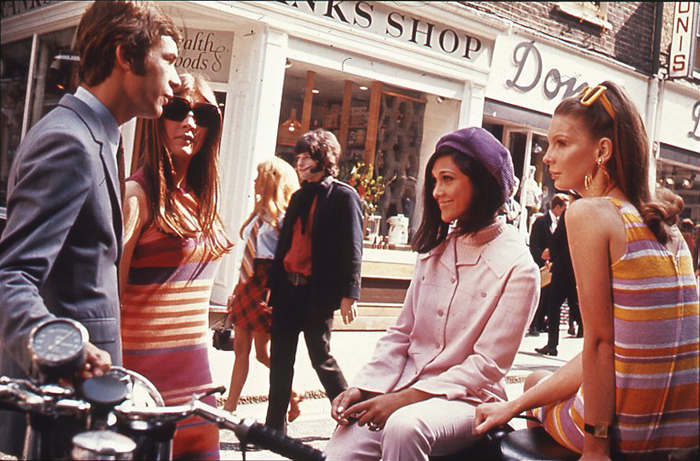
Image: Source Fashion History Timeline
The latter part of the decade saw a shift towards the emerging hippie culture, as fashion began to reflect a more relaxed aesthetic, embracing natural materials and bohemian influences. Fabrics became softer with flowing silhouettes, and styles included long skirts, kaftans, and Afghan coats adorned with vibrant beads and intricate patterns.
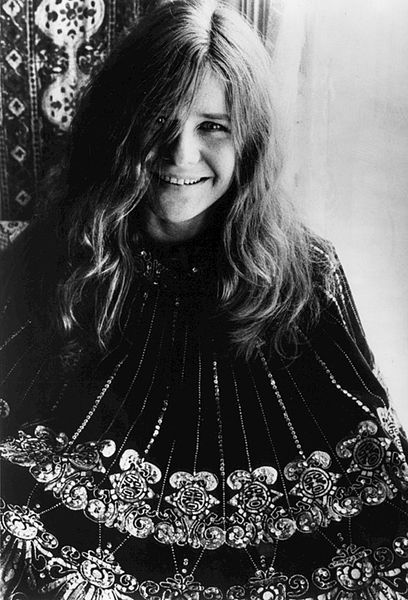
Image: Source Fashion History Timeline
Both women’s and men’s fashion during the 1960s evolved to embrace an eclectic mix of influences, including military styles and space-age designs. The Peacock Revolution in menswear broke away from the traditional, sober styles that had dominated for centuries. Brightly colored suits and patterned jackets became popular, notably among rock musicians like Mick Jagger and George Harrison, who redefined masculinity through their audacious fashion choices.
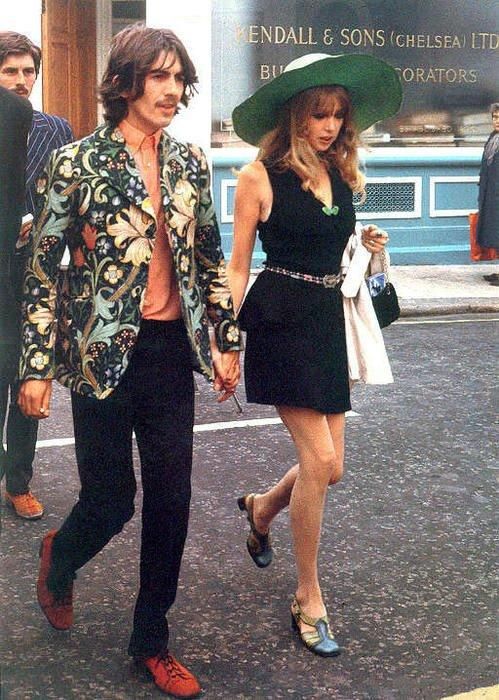
Image: Source Fashion History Timeline
Children’s fashion experienced a slower yet notable evolution throughout the 1960s. While adult styles rapidly transformed, children began to sport more casual and colorful attire influenced by the trends of their parents. Feminine dresses with playful patterns replaced the classic looks of past generations, and boys started to adopt denim and bright patterns in their clothing.
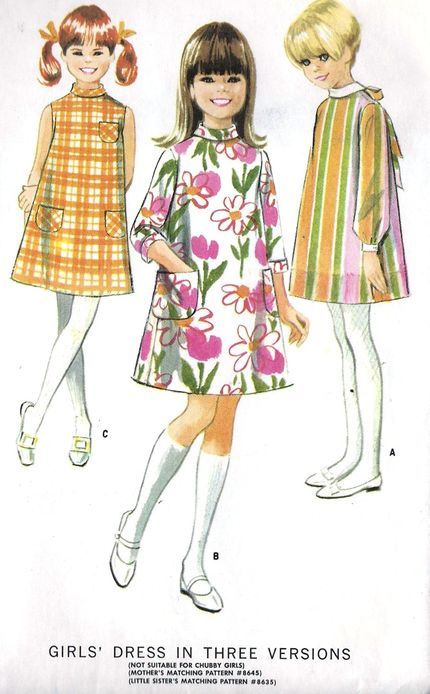
Image: Source Fashion History Timeline
The 1960s were an era of unprecedented change in fashion, a period that laid the foundation for countless styles to come. The decade was marked not only by vibrant color and fearless designs but also a cultural shift that celebrated individuality and self-expression. As styles continued to evolve into the 1970s and beyond, the legacy of the 1960s would leave an indelible mark on the world of fashion.